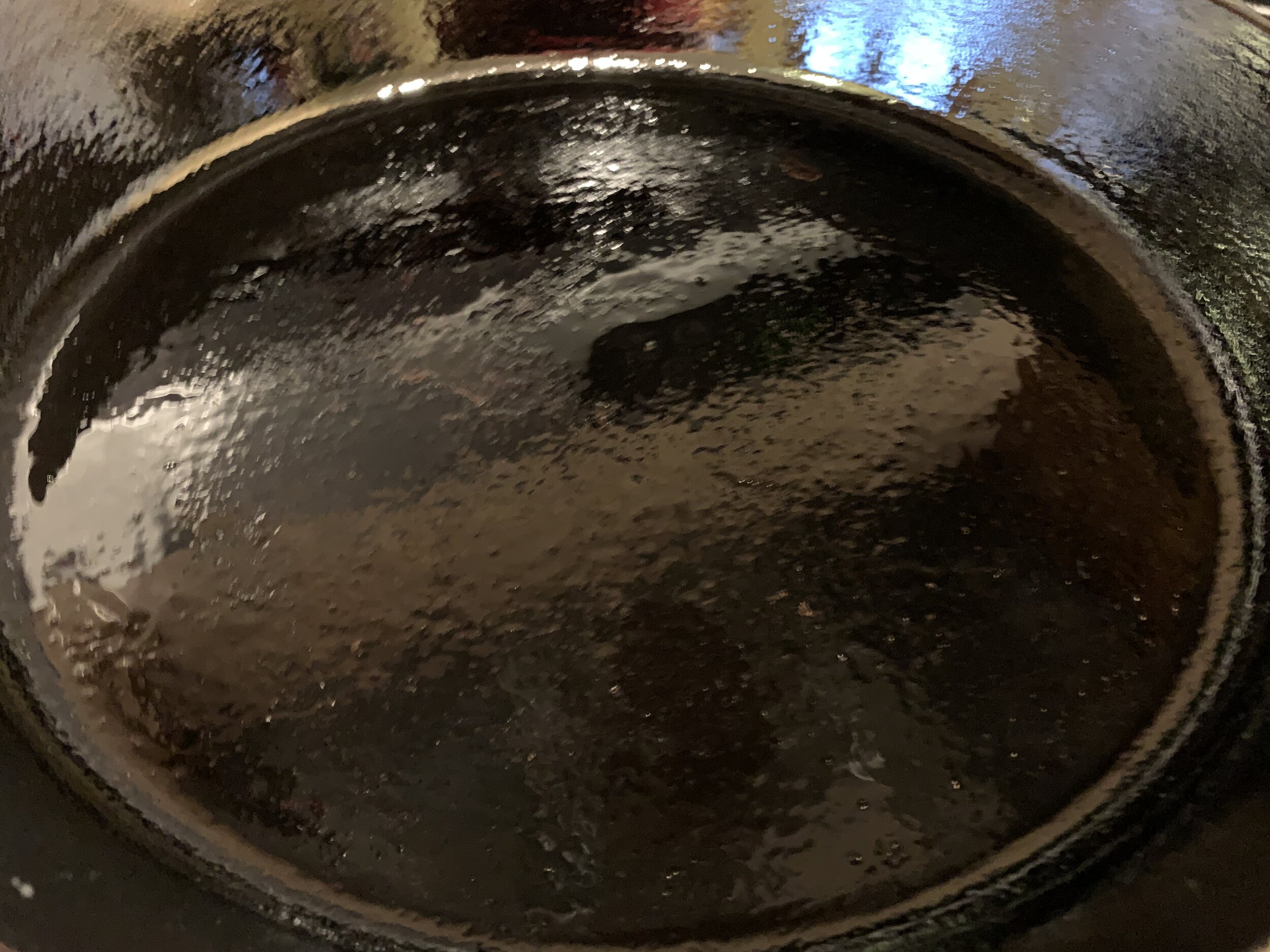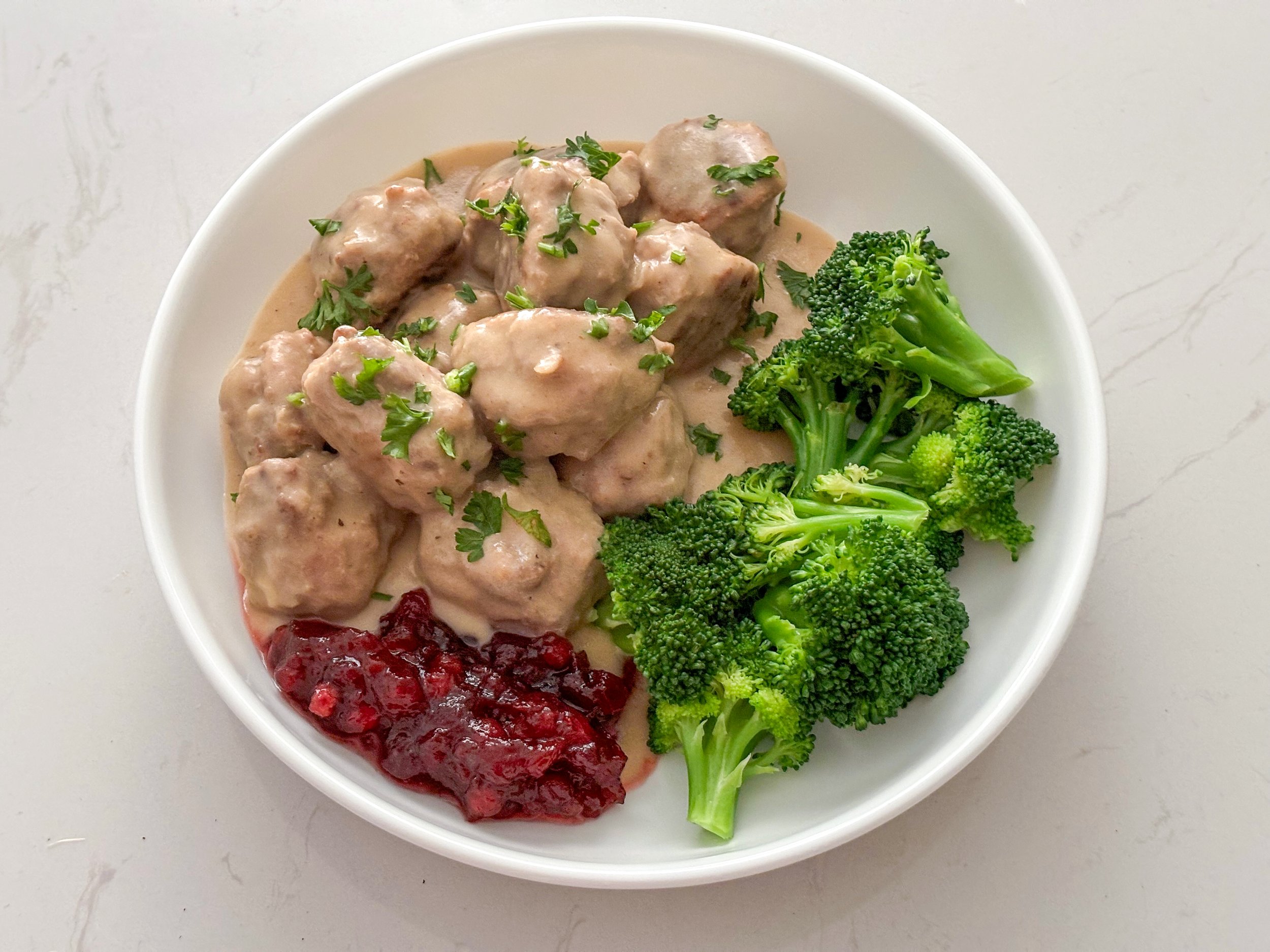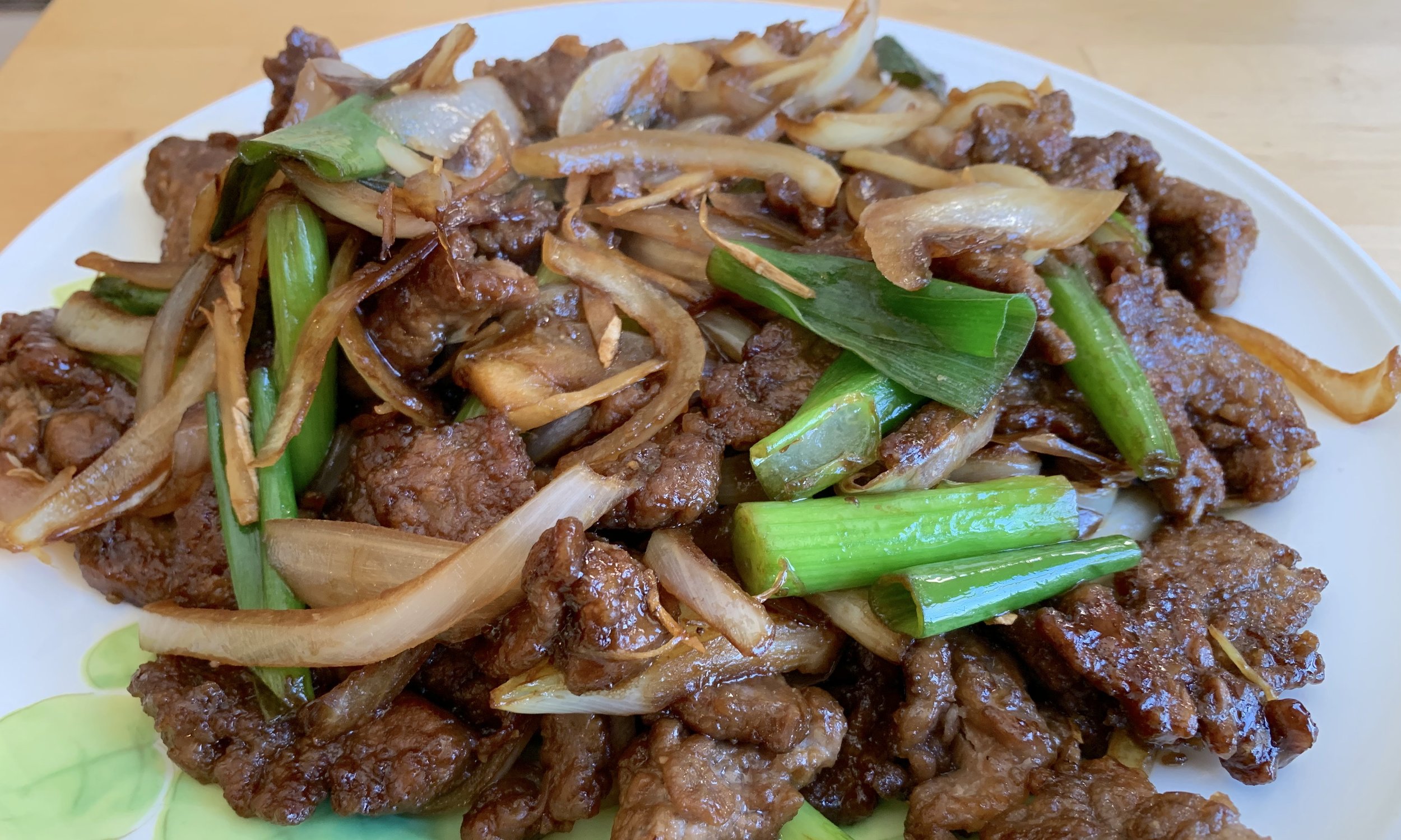Beef Bulgogi

불고기
Beef bulgogi is an iconic Korean barbecue dish—sweet and smoky, melt-in-your-mouth tender, and served right off the grill. Thinly sliced beef, marinated and grilled, has been part of Korean cuisine since at least the Joseon Dynasty. [1] However, beef remained an expensive meat, eaten predominantly by the wealthy, until the widespread availability of cheap, imported American beef in Korea in the second half of the 20th century. [2]
The modern incarnation of bulgogi hails from the Pyongan Province, in what is now North Korea. [3] How did the dish arrive in South Korea, from whence it spread the world? The Korean Peninsula was liberated from Japanese occupation in 1945, at the end of World War II. Only three years later, the division between the American-occupied and Soviet-occupied portions of the peninsula was formalized by the establishment of the Republic of Korea in the south and the Democratic People’s Republic in the north. The two new nations were soon at war, and the border between the two Koreas has been largely sealed ever since. However, the brief period of time between 1945 and 1948 saw a great deal of cultural exchange across the peninsula, when a people exploited for decades by Japanese colonial rule were made free. One of these exchanges was bulgogi, brought to urban Seoul by refugees from Pyongan. It exploded in popularity, and was newly added to the Dictionary of the Korean Language in the 1947 edition.
The bulgogi recipe we are preparing today is a versatile marinade preparation which can be grilled outdoors, or cooked indoors on a griddle or cast iron pan.
Ingredients
1 lb beef, sliced to 1/8 inch thickness
1 onion, sliced
1 Asian pear or apple, shredded
5 cloves garlic, minced
½ inch ginger, minced
¼ cup soy sauce
2 tbsp brown sugar
1 tbsp mirin
¼ tsp black pepper
2 scallions, chopped
1 tbsp sesame seeds
Vegetable oil
To make bulgogi, we want to use cuts of beef which are tender and are not too lean. Common choices are sirloin, ribeye, and short rib. It is also critical for this dish that the beef is thinly sliced—we’re looking for a thickness of an eighth of an inch or less. Cuts of beef which have been thinly sliced can be found in most Asian supermarkets, either specifically for bulgogi or for hot pot. If you don’t have access to an Asian supermarket, however, you may have to attempt to cut the meat yourself. If you are doing so, first place your cut of beef in the freezer for about an hour. We do not want to freeze the beef completely, just firm it up and make it easier to slice. Get your sharpest knife, and slice against the grain as thin as you can.
Let’s move on to the marinade. Bulgogi marinade is built on soy sauce and brown sugar, fortified with mirin, garlic, ginger, and a dash of black pepper. Combine these ingredients in a bowl large enough to hold the beef and onions. The brown sugar in the marinade will help the beef to caramelize quickly when cooking. Perhaps the most unique ingredient in Korean marinades is Asian pear. Shredded into the marinade, the pear adds a heavy dose of fruity sweetness to the beef. It’s important to get that sweetness from the fruit, so if you can’t get a hold of a high-quality, sweet Asian pear, substitute it for a sweet apple like a Fuji or Honeycrisp. Shred about 1 cup worth of the pear or apple, and add it to the marinade.
Add the sliced beef and onions to the marinade, and mix well. Make sure the slices of beef separate, and that each slice gets a thin, even coat of the marinade. There should be just about enough marinade to cling to the beef, with very little excess liquid at the bottom of the bowl. Cover the bowl, and let marinate in the refrigerator for at least 1 hour. If possible, let the beef marinate overnight before cooking.
Now, let us consider cooking options. This marinated beef will cook up alright in a stir fry, but to make really great bulgogi, it is critical that we get a good sear on each piece of beef, and caramelize all of the sugars in the marinade. This leaves us with three real options—a grill, a cast iron pan, or a griddle. For all three, the strategy is the same: cook the beef quickly over very high heat in a single layer. Since things will move quickly once we start cooking, prepare your workstation before you start cooking. Have the marinated beef bowl nearby, and a second clean bowl to hold the cooked pieces.
Turn up the heat, and brush your cooking surface with a thin coat of vegetable oil. Wait until the oil starts to smoke before introducing the beef slices to the heat. When the surface is hot, lay the beef down in a single layer, with plenty of room between the slices. Let the beef sear without moving it, for 30 seconds to 1 minute on the first side. Then flip the beef and sear the second side for 30 seconds, or until the beef is just cooked through (if your slices are thicker, these times may be a bit longer). You can do this with tongs, but with so many small pieces, chopsticks will give you better dexterity and speed. Once the beef is cooked, remove it from the heat, and begin cooking the next batch (If you are cooking informally, the cooked beef can be served immediately, with the cook continuing to sear new slices).
The onions benefit from a longer cook at a slightly gentler temperature, so I tend to push them to the edge of the cooking surface, and let them go until they soften before removing them to the holding bowl.
If working on a cast iron pan or griddle, I like to add the cooked beef and onions back to the pan when the last batch of beef is being cooked. This gives you the opportunity to warm any pieces which have gone a bit cold in the holding bowl. Mix briefly to warm the beef through.
Remove from the heat, top with scallions and sesame seeds, and serve immediately. I prefer to serve bulgogi in the cast iron pan, which retains heat well and stops the thinly sliced beef from going to cold too quickly. Serve with rice and some side dishes, or with fresh lettuce to wrap the beef in!
Substitutions
If you like some cooked carrots or mushrooms in your bulgogi dish, add the thinly sliced vegetables to the marinade together with the onions. You can also add some scallions to the marinade, chopped into large 2 inch pieces, and grill them together with the other vegetables. If you like a spicy version of this dish, you can add some gochujang to the marinade.
[1] The Joseon Dynasty (1392-1897 CE) was one of the longest and most influential dynasties in Korean history. Its legacy includes the modern Korean language and many cultural customs. In its later centuries, however, the Joseon Dynasty adopted a policy of strict isolationism, a policy which ultimately vulnerable to conquest by a rapidly modernizing Japan. The Joseon Dynasty (and its short-lived successor, the Korean Empire) marked the last time the Korean Peninsula was an independent, unified state.
[2] South Korea is the third-largest purchaser of American beef. This trade is worth over $1 billion annually.
[3] In the Pyongan dialect of Korean, bulgogi translates directly to “fire meat.”
Recipe
Prep Time: 15 min Cook Time: 15 min Total Time: 1 hr 30 min
(+1 hr inactive)
Difficulty: 3/5
Heat Sources: 1 burner
Equipment: cast iron pan, griddle, or grill
Servings: 4
Ingredients
1 lb beef, sliced to 1/8 inch thickness
1 onion, sliced
1 Asian pear or apple, shredded
5 cloves garlic, minced
½ inch ginger, minced
¼ cup soy sauce
2 tbsp brown sugar
1 tbsp mirin
¼ tsp black pepper
2 scallions, chopped
1 tbsp sesame seeds
Vegetable oil
Instructions
1. Mix together the soy sauce, mirin, black pepper, minced garlic, minced ginger, and brown sugar together to make the marinade.
2. Peel and shred the Asian pear or apple, and add about 1 cup of the shredded fruit to the marinade.
3. In a mixing bowl, combine the sliced beef and onions with the marinade, and mix well to evenly coat the beef with the marinade. There should be just enough marinade to cling to the beef, with very little excess liquid at the bottom of the bowl. Cover and marinade in the refrigerator for at least 1 hour, and up to overnight.
4. When you are ready to cook, heat your cast iron pan or grill over high heat. Prepare your workstation—the bowl with the raw marinated beef, and a clean bowl to hold the cooked beef. Brush your cooking surface with a coat of vegetable oil, and when the oil begins to smoke, add the beef slices in a single layer. Do not overcrowd.
5. Let the beef sear for 30 seconds to 1 minute without moving it, then flip and sear the second side for 30 seconds, or until just cooked through. Remove the cooked beef to its holding bowl, and repeat until the last batch of beef is being cooked. The onions can be fried for longer than the beef, but remove them to the holding bowl as well as they cook through.
6. If you are working on a pan or griddle, when the last batch of beef is being cooked, add the cooked beef and onions back to the pan and toss together for 1 minute just to warm it through.
7. Top the beef with sesame seeds and chopped scallions, and serve immediately.
















